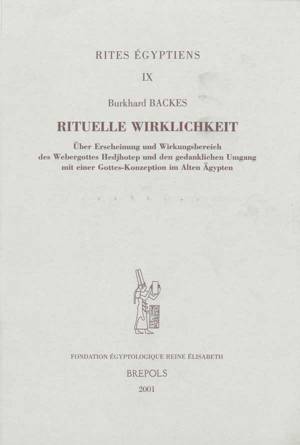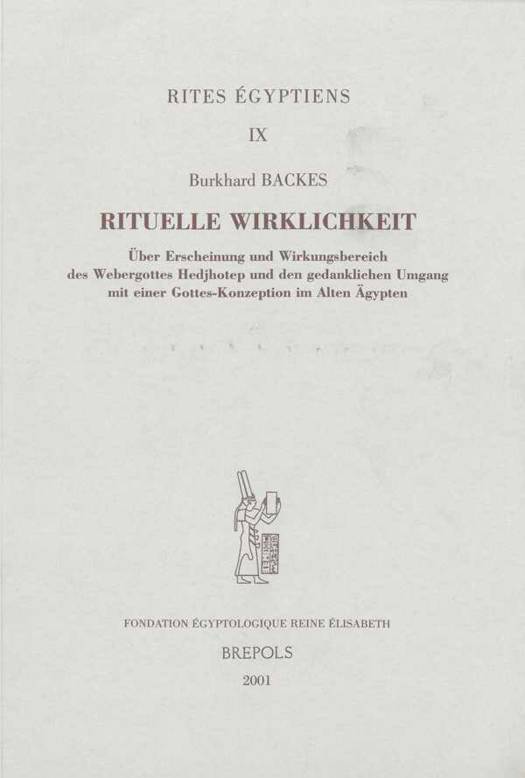
- Afhalen na 1 uur in een winkel met voorraad
- Gratis thuislevering in België vanaf € 30
- Ruim aanbod met 7 miljoen producten
- Afhalen na 1 uur in een winkel met voorraad
- Gratis thuislevering in België vanaf € 30
- Ruim aanbod met 7 miljoen producten
Zoeken
Rituelle Wirklichkeit
Über Erscheinung und Wirkungsbereich des Webergottes Hedjhotep und den gedanklichen Umgang mit einer Gottes-Konzeption im alten Ägypten
Burkhard Backes
€ 26,50
+ 53 punten
Omschrijving
This case study on Hedjhotep, the god of weaving, has two main aims: On one hand seven sections present an analysis of the god's evidence and functions: 1) Hedjhotep's name with its possible meaning(s), 2) his iconography with some remarkable exceptions, 3) the divine titulatures and their individual elements, 4) places of the god's appearence, 5) his functions, divided into actions (5.1) and contexts (5.2), 6) Hedjhotep as a divine son, 7) other divinities mentioned together with Hedjhotep. On the other hand this study tries to detect some general conceptions laying behind the evidence of the god. This analysis is primarily based on sources of the graeco-roman period. The rare documents that have survived from earlier times are not sufficient to give a clear idea of the god during the Middle and New Kingdom. Only some common features and differences to the later texts can be pointed out (chapter 8). Finally the different origins of Hedjhotep and the goddess Tayt, whose functions are mostly identical, are discussed, as well as the question of a local cult for Hedjhotep in Middle Egypt during the Middle Kingdom. The book includes a list of all available sources and an index.
Specificaties
Betrokkenen
- Auteur(s):
- Uitgeverij:
Inhoud
- Aantal bladzijden:
- 114
- Taal:
- Duits
- Reeks:
- Reeksnummer:
- nr. 9
Eigenschappen
- Productcode (EAN):
- 9782503512853
- Verschijningsdatum:
- 19/10/2001
- Uitvoering:
- Paperback
- Formaat:
- Trade paperback (VS)
- Afmetingen:
- 160 mm x 229 mm
- Gewicht:
- 240 g

Alleen bij Standaard Boekhandel
+ 53 punten op je klantenkaart van Standaard Boekhandel
Beoordelingen
We publiceren alleen reviews die voldoen aan de voorwaarden voor reviews. Bekijk onze voorwaarden voor reviews.








